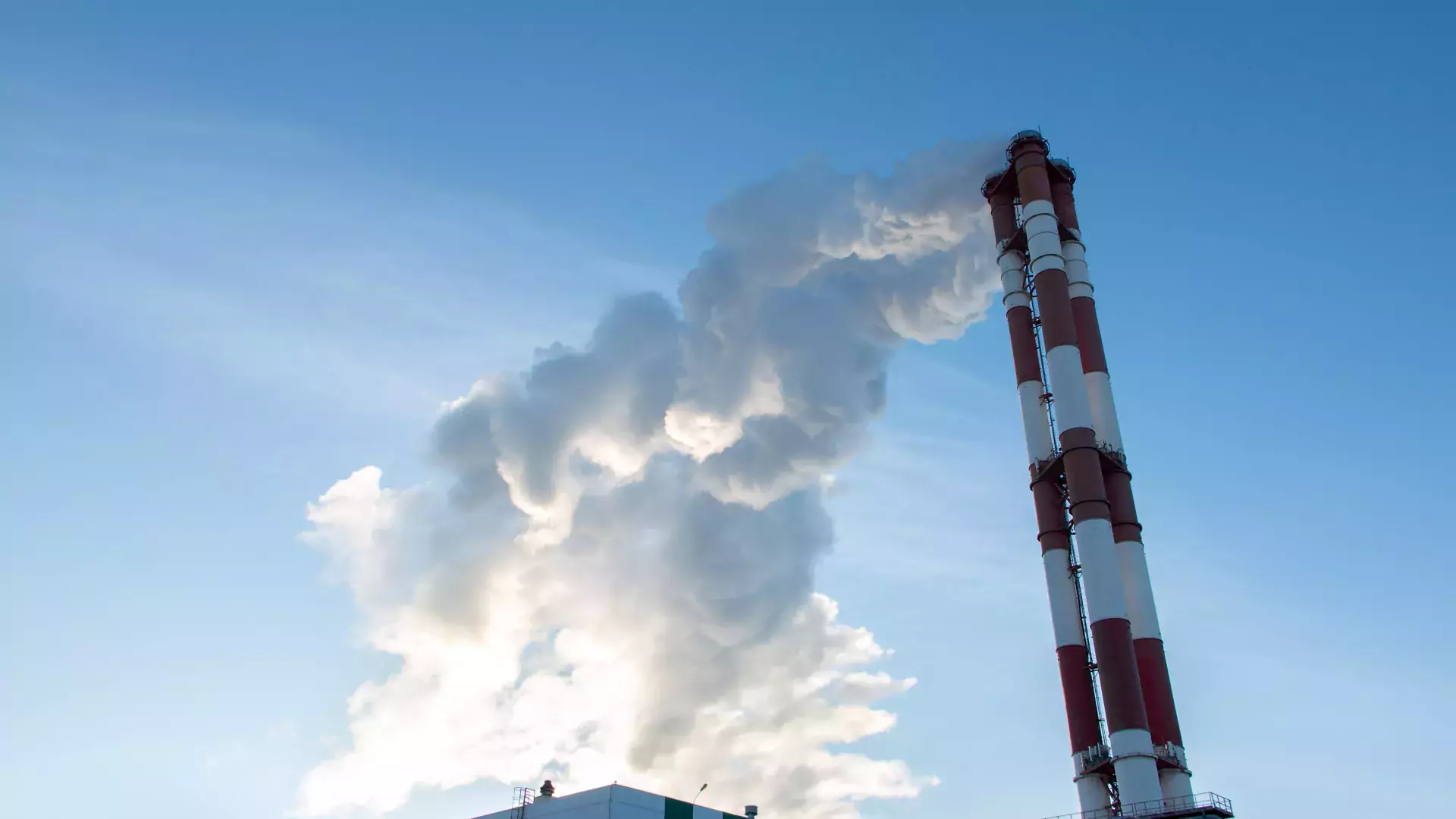Pollutants
Pollutants removed by Flue Gas Treatment
Many industrial processes generate flue gases containing pollutants that can adversely impact people and the environment. We offer cost-effective solutions for their capture and neutralization.

Sulphur Dioxide
Sulphur dioxide (SO2) is an acid gas, also called sulphur oxide or sulphurous anhydride. It is non-flammable and non-explosive. This pollutant, which has a pungent odour, is toxic and a respiratory irritant. In plants that burn sulphur-containing fuel, SO2 can, for example, be removed from the flue gas through dry sorbent injection, where SO2 reacts with hydrated lime (Ca(OH)2) to form calcium sulphite (1) or calcium sulphate (2):
Ca(OH)2 + SO2 → CaSO3 + H2O (1)
Ca(OH)2 + SO2 + ½ O2 → CaSO4 + H2O (2)
Hydrogen Chloride
Hydrogen chloride (HC) is a colourless and odourless acid gas, also called hydrochloride or hydrochloric acid.
Non-flammable and thermally stable, HCl is toxic and corrosive. HCl is very soluble in water. Dissolution generates large amounts of heat.
Hydrogen chloride can be captured efficiently with calcium hydroxide (Ca(OH)2) sorbents. Optimum capture performance depends on the flue gas composition, flue gas treatment system, and process temperature. The reaction mechanism is complex and takes place through the formation of calcium hydroxide-chloride (CaClOH) according to:
Ca(OH)2 + HCl → CaClOH + H2O
CaClOH + HCl → CaCl2 + H2O
Hydrogen Fluoride
Hydrogen fluoride (HF) is a non-flammable and non-explosive gas, also called fluoric acid, hydrofluoride, hydrofluoric acid or fluorine monohydride. It has a pungent odour and is corrosive, irritating and toxic. Hydrogen fluoride in flue gas reacts readily with hydrated lime:
Ca(OH)2 + 2HF → CaF2 + 2H2O
Sulphur Trioxide
This compound is also called sulfuric anhydride or sulphur trioxide. SO3 is a clear, oily liquid, often present as a gas. It should be handled with extreme care as it reacts violently with water to produce a highly corrosive sulfuric acid. SO3 reacts with hydrated lime to form calcium sulphate:
Ca(OH)2 + SO3 → CaSO4 + H2O
Selenium dioxide
Selenium dioxide (SeO2), also called selenium oxide, is an acid gas. It is non-flammable and non-explosive. This pollutant is toxic and a respiratory irritant. In plants burning selenium-containing fuel, SeO2 can be removed from the flue gas through dry sorbent injection, where SeO2 reacts with hydrated lime (Ca(OH)2) to form calcium selenite (1) or calcium selenate (2):
Ca(OH)2 + SeO2 → CaSeO3 + H2O (1)
Ca(OH)2 + SeO2 + ½ O2 → CaSeO4 + H2O (2)
Mercury
Mercury (Hg0, Hg2+) is the only metal that is liquid at standard temperature and pressure conditions. It is highly toxic through ingestion or inhalation.
Dioxins & Furans
This group of micropollutants (PCDD & PCDF) is classified as polychlorinated dibenzo dioxins/furans. They consist of chlorinated biphenyl molecules linked with different oxygen bridges and are highly toxic.